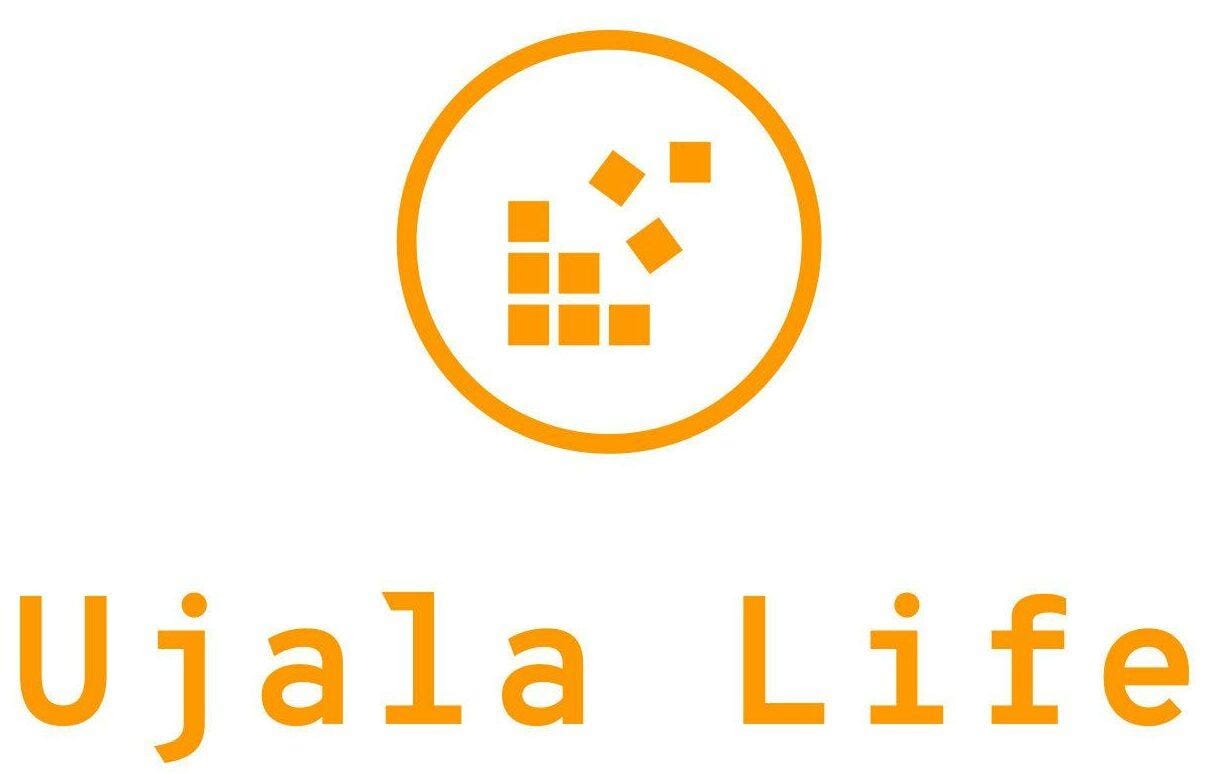What is the Difference Between Reinforcement and Punishment in ABA?
The primary goals of Applied Behavior Analysis (ABA) are to understand behavior, encourage the growth of socially adaptive skills, and to decrease challenging behaviors. Reinforcement and punishment are main components of operant conditioning, which is the process of modifying behavior based on actions and consequences. This article further explores the difference between reinforcement and punishment in ABA therapy by explaining the key concepts, advantages, and disadvantages of each technique.
What is Reinforcement?
Reinforcement is the act of increasing the occurrence of a desired behavior by adding or removing a factor, stimulus, or condition. The terms “positive” and “negative” in reinforcement refer to the presence or absence of a factor that increases a certain behavior.
Positive reinforcement means to add a factor that makes a desirable behavior more likely to occur in the future.
Examples of positive reinforcement:
- A therapist gives John a sticker chart, where he earns one sticker for each time he completes a task. Whenever John collects a certain number of stickers, he receives a preferred reward such as a toy or extra minutes of playtime. The addition of a sticker chart positively reinforces John’s behavior of completing tasks.
- Mia shares her favorite toy to her playmate Jordan. The therapist praises Mia (“That’s good!” or “You are very nice, Mia.”) and that makes Mia happy. She will be more likely to share her toys again in future play sessions.
- Charlie does not react toward verbal praise, but the therapist noticed that he loves doing social gestures like high-fives and fist bumps with his friends. Whenever Charlie does something nice to others or completes a task, the therapist offers a high-five, fist bump, or gives him a simple thumbs-up. Charlie appreciates these and becomes more inclined to continue the behavior that grants him these gestures.
Negative reinforcement involves removing a factor that may lead to encouraging a desired behavior to happen again.
Examples of negative reinforcement are given below. More can be found in this article.
- John does not want to complete a four-page activity sheet. The therapist allows him to take a 5-minute break whenever he completes one page. As a result, John completes the task after several breaks instead of doing them all in one sitting. Letting John escape the demand of completing the activity (removal of factor) encourages him to eventually that same activity (desired behavior). In the future, John may be able to finish more activity sheets as long as he is given break periods for making progress.
- Kyla gets very distracted and upset by loud noises. The therapist suggests that she wears a pair of noise-canceling headphones. When Kyla tries them on, the noise around her decrease and so do her stress levels. In the future, Kyla would wear the headphones again (desired behavior) so she won’t be stressed out by the noise (removal of factor).
- Bobby gets anxious whenever he is asked to do something that is not part of his usual routine. When this happens, he does not cooperate in any activities. The therapist makes a visual schedule so Bobby can have a structured environment where he knows what to expect at a certain time. His anxiety decreases (removal of factor), allowing him to cooperate during activities again (desired behavior).
In summary, positive reinforcement occurs when desired behavior results in the learner gaining something they desired but didn’t previously have. Negative reinforcement involves the removal of something already present as a consequence of behavior, which the learner wanted removed.
What is Punishment?
Punishment focuses on eliminating an undesired behavior by adding or removing a stimulus, factor, or condition. Just like reinforcement, the terms “negative” and “positive” and refer to removing or adding a modifying factor to reduce the occurrence of undesired behavior.
Positive punishment introduces a factor that eliminates undesired behavior.
Examples of positive punishment:
- Mia keeps disrupting her class by talking out of turn. The teacher uses positive punishment in the form of reprimands or verbal correction (ex. “Mia, please wait for your turn to speak.” or “Mia, wait until your classmate finishes talking before you respond.”) to discourage her from doing that in class again in the future.
- Paul spilled a box of juice. The therapist orders him to throw away the box and clean up the juice on the floor. This is an example of overcorrection, a form of positive punishment that both rectifies the situation (the floor is cleaned) and discourage future occurrences (Paul will not spill juice again because that means he has to clean up the mess).
Negative punishment is the a factor to reduce or eliminate an undesired behavior.
Examples of negative punishment:
- John hits another child during playtime, so the therapist removes him from the area (timeout) and does not give him access to his favorite toy. The next time John feels the urge to hit someone, he realizes that he won’t get to play with that toy again.
- Samantha did not finish her coloring activity on time so she does not get to play outside with her classmates. Samantha does not want to miss playtime again, so she finishes all her activities on time.
- Paul goes on a tantrum because his therapist did not give him juice. The therapist ignores Paul’s whining and complaining. Eventually, Paul realized that going on a tantrum does not get him what he wants. Ignoring attention-seeking behavior may reduce the frequency of that behavior from reoccurring. However, it might also lead to an escalation of the undesired behavior. This form of negative reinforcement is not encouraged unless other options are no longer viable or effective.
Punishment techniques in ABA therapy can be effective, but the potential risks and drawbacks outweigh the benefits. They can help decrease undesired behaviors if applied immediately after those behaviors occur. However, too much punishment may result to negative consequences or escalated undesired behavior from the client. Punishment should only be used if as a last resort in situations where all available reinforcement techniques have been tried and are not unsuccessful.
Summarizing the Difference Between Reinforcement and Punishment in ABA
The main difference between reinforcement and punishment is that reinforcement—whether positive or negative—aims to increase behavior while punishment attempts to decrease its occurrence. It is also important to discuss the advantages and disadvantages of these consequence strategies.
Positive Punishment vs Positive Reinforcement
Positive punishment can lead to rapid behavior change and clear consequences, making it effective for addressing severe behaviors. However, it carries the risk of negative side effects, such as increased anxiety or resentment, and may only suppress behavior temporarily without promoting lasting change. Ethical concerns also arise regarding the use of aversive stimuli and potential harm to the individual.
Positive reinforcement is a cornerstone of ABA therapy due to its effectiveness in promoting desirable behaviors and fostering positive client-therapist relationships. It also encourages a conducive learning environment. Despite its popularity, positive reinforcement may sometimes take a while to produce noticeable effects and poses a risk of dependency on external rewards. It also takes time and effort to identify unique reinforcers based on each individual client.
Negative Punishment vs Negative Reinforcement
Negative punishment typically involves the removal of privileges or preferred items rather than the application of aversive stimuli, making it less likely to cause harm or distress to the individual. However, its effectiveness may diminish over time, individuals may resent the removal of privileges, and there’s a risk of dependency on privileges which could affect long-term behavior maintenance.
Negative reinforcement encourages desired behaviors by removing aversive stimuli, fostering positive associations with therapy, and promoting lasting behavior change. However, it could also lead to unintended side effects such as reinforcing avoidance behaviors, ethical considerations regarding distress, and the risk of dependency on avoidance strategies.
Positive and negative reinforcement ABA consequence strategies are considered more effective than punishment, but only if used properly as the situation requires.
Conclusion
Now you have a better understanding of the difference between reinforcement and punishment in ABA therapy. It is important to know when to use these consequence strategies based on the situation. After all, the main focus of ABA is to encourage the growth of desired behaviors rather than punishing the undesired ones.
We at Ujala Life employ a naturalistic, play-based approach that integrates evidence-based behavioral modification techniques. If you are are a parent living near Princeton or Dayton NJ, contact us for more info about our services.







